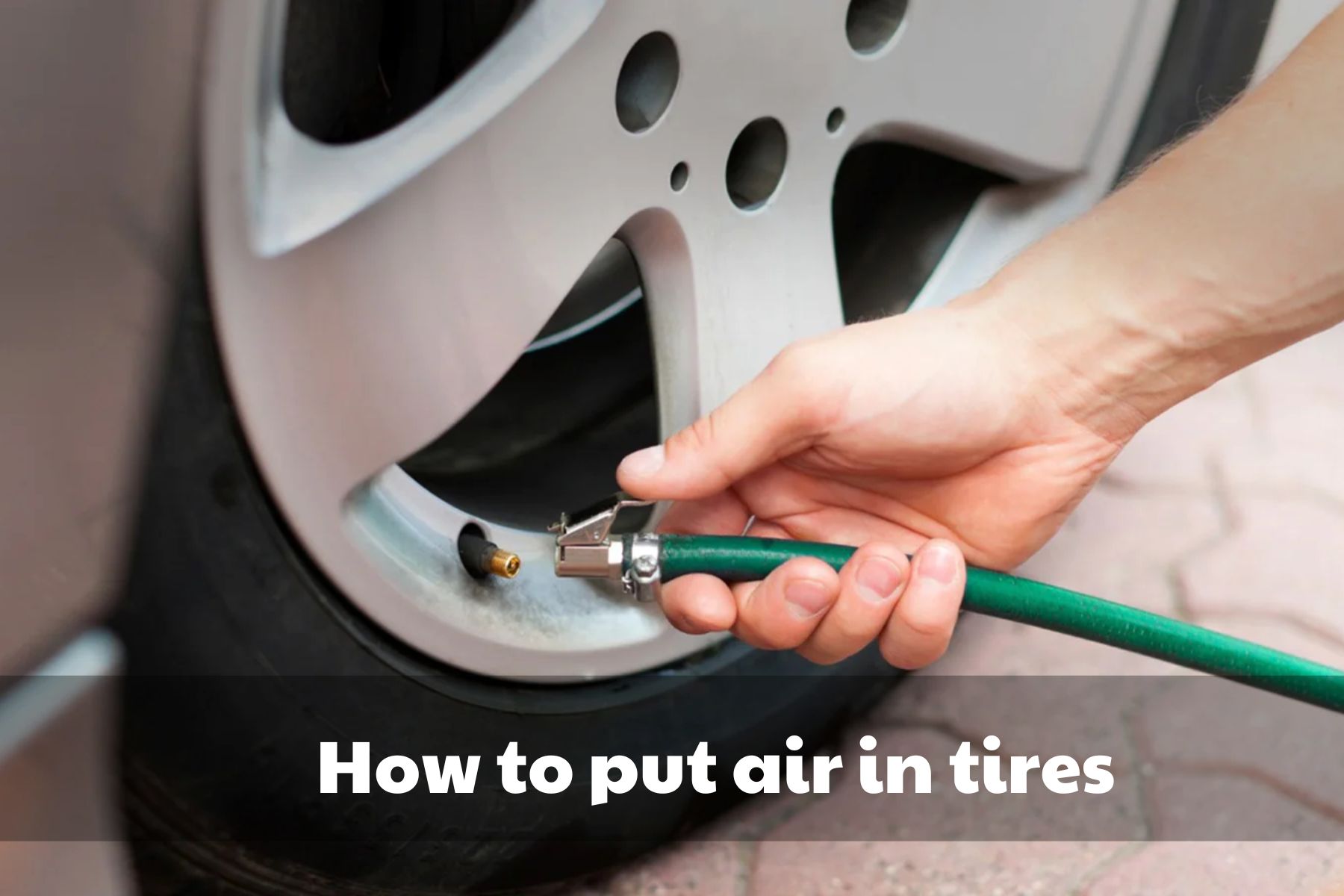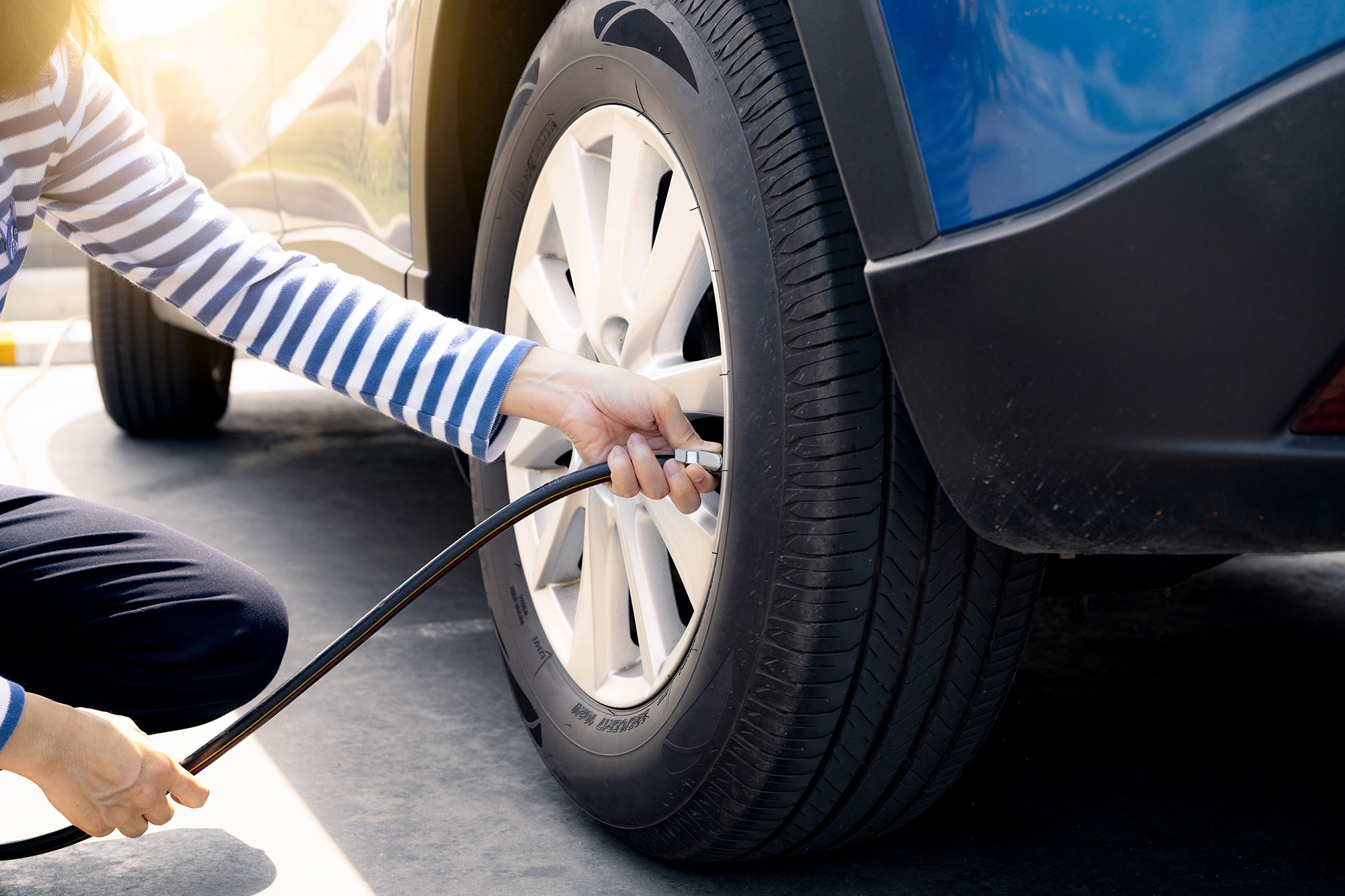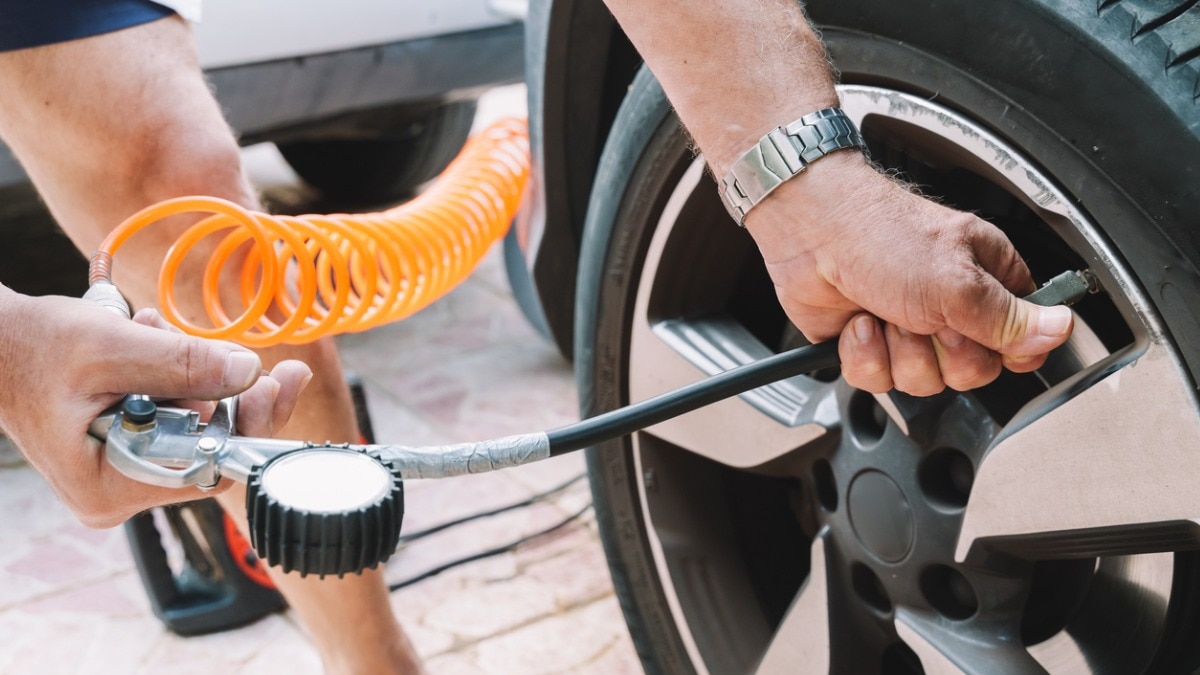Optimizing Your Tires: The Essential Guide To Air For Tires
Hey there, road warrior! If you're reading this, chances are you're looking to level up your tire game. Let's dive right into the world of tire optimization, focusing on the air that keeps your ride smooth and safe. Yeah, you heard me right—air matters more than you think! Whether you're a daily commuter, a weekend road-tripper, or just someone who wants to save some cash on fuel, this guide is your ultimate companion.
Let’s face it, your tires are the only thing keeping you connected to the road. They endure tons of pressure (pun intended) and need some TLC to perform their best. And guess what? Proper tire inflation is the secret sauce that keeps everything running smoothly. In this article, we’ll spill all the tea on optimizing your tires with the right amount of air.
But before we get all techy, let’s establish one thing: neglecting your tire pressure isn’t just bad for your wallet—it’s dangerous. Underinflated or overinflated tires can lead to poor handling, increased wear, and even blowouts. So, buckle up and let’s roll into the nitty-gritty of tire optimization!
Read also:Yumi Etos Hospitalization A Closer Look At Her Health Crisis And Its Implications
Why Tire Pressure Matters
Alright, let’s talk turkey here. Tire pressure isn’t just some random number you punch into the air pump at the gas station. It’s a critical factor that affects your car’s performance, safety, and fuel efficiency. Think of your tires as the foundation of your vehicle—if they’re not properly inflated, everything else suffers.
When your tires are underinflated, they create more rolling resistance. Translation? Your engine has to work harder to move the car, which means you’re burning more fuel. Not cool, right? Plus, underinflated tires wear out faster, meaning you’ll need to replace them sooner. That’s money out of your pocket!
On the flip side, overinflated tires aren’t great either. They reduce the contact patch with the road, leading to less traction and uneven wear. This can compromise your braking distance and handling, especially in wet or slippery conditions. So, finding that sweet spot is crucial for your safety and wallet.
Understanding PSI: The Tire Pressure Bible
PSI stands for pounds per square inch, and it’s basically the measurement of how much air is inside your tires. But here’s the kicker—not all cars have the same recommended PSI. Your vehicle’s manufacturer has done the math and figured out the optimal pressure for your specific model.
Where can you find this magical number? It’s usually on a sticker inside the driver’s door jamb or in your car’s manual. Don’t confuse it with the maximum pressure written on the tire sidewall—that’s the upper limit, not the ideal pressure for your car.
Common PSI Ranges for Different Vehicles
Now, let’s break it down for you. Here are some general PSI ranges for different types of vehicles:
Read also:Excon Charged With Murdering Mom And Brother Just Days After Leaving Prison
- Compact cars: 30–35 PSI
- SUVs and trucks: 35–50 PSI
- Electric vehicles: 40–50 PSI
But remember, these are just ballpark figures. Always refer to your car’s manual or the door jamb sticker for the exact number.
How to Check Tire Pressure Like a Pro
Checking your tire pressure doesn’t have to be a headache. With the right tools and a bit of know-how, you can do it in a jiffy. Here’s a step-by-step guide:
- Grab a reliable tire pressure gauge. Digital ones are super accurate and easy to use.
- Check your tires when they’re cold. That means before you’ve driven more than a mile or two. Warm tires can give you a false reading.
- Remove the valve cap and press the gauge firmly onto the valve stem. You should hear a little hiss as the air escapes, but don’t worry—it’s minimal.
- Read the gauge. If the pressure is lower than the recommended PSI, it’s time to add some air.
Pro tip: Do this at least once a month. Tires can lose pressure naturally over time, and seasonal changes can affect them too.
How Often Should You Check Tire Pressure?
Here’s the deal: you should check your tire pressure at least once a month. But if you live in an area with extreme temperature swings, you might want to check more frequently. Why? Because tire pressure changes about 1 PSI for every 10-degree Fahrenheit change in temperature.
Also, don’t forget to check your spare tire (if you have one). It’s no use having a spare if it’s flat when you need it most!
Seasonal Tire Pressure Tips
Winter and summer bring their own set of challenges when it comes to tire pressure. Here’s how to handle them:
- Winter: Colder temperatures can cause your tires to lose pressure more quickly. Keep an eye on them and inflate as needed.
- Summer: High temperatures can cause overinflation, so check your tires regularly and adjust if necessary.
What Happens If You Ignore Tire Pressure?
Ignoring tire pressure is like playing Russian roulette with your car. Here’s what could go wrong:
- Blowouts: Underinflated tires generate more heat, which can lead to blowouts—especially on long highway trips.
- Poor Handling: Both underinflated and overinflated tires affect how your car handles. This can be especially dangerous in emergency maneuvers.
- Increased Wear: Improper inflation causes uneven tire wear, shortening their lifespan and costing you more money in the long run.
- Higher Fuel Consumption: As we mentioned earlier, underinflated tires create more rolling resistance, which burns more fuel.
So, do yourself a favor and don’t neglect your tire pressure. Your wallet—and your safety—will thank you.
How to Inflate Tires Correctly
Inflating your tires might seem like a no-brainer, but there’s a right way to do it. Follow these steps for the best results:
- Use an air compressor or the air pump at a gas station. Make sure it’s set to the correct PSI for your tires.
- Remove the valve cap and attach the nozzle securely to the valve stem.
- Fill the tire with air in short bursts, checking the pressure frequently with your gauge.
- Once you’ve reached the recommended PSI, replace the valve cap to keep debris out.
And that’s it! Easy peasy, right?
Tire Pressure Monitoring Systems (TPMS): Your Digital Helper
Modern cars come equipped with Tire Pressure Monitoring Systems (TPMS), which alert you when your tire pressure is too low. But here’s the thing: TPMS doesn’t tell you the exact pressure, just that it’s below the threshold. So, you still need to check your tires manually.
Also, keep in mind that TPMS sensors can fail or give false readings. If you notice your warning light coming on frequently, it might be time to have the sensors checked.
Benefits of TPMS
Here are some perks of having a TPMS:
- Real-time alerts for low tire pressure
- Improved safety by preventing blowouts
- Increased fuel efficiency by maintaining proper inflation
DIY Tire Maintenance Tips
Want to take your tire game to the next level? Here are some DIY tips to keep your tires in tip-top shape:
- Rotate Your Tires: Regular tire rotation helps distribute wear evenly, prolonging their life.
- Align Your Wheels: Misaligned wheels can cause uneven tire wear, so get them aligned every 6,000 miles or so.
- Check for Debris: Nails, screws, and other sharp objects can puncture your tires. Inspect them regularly and have any punctures repaired promptly.
By following these tips, you’ll keep your tires rolling smoothly for miles to come.
When to Replace Your Tires
No matter how well you maintain them, tires eventually wear out. Here are some signs it’s time to replace yours:
- Tread Wear: Use the penny test—insert a penny into the tread with Lincoln’s head upside down. If you can see the top of his head, it’s time for new tires.
- Cuts or Bulges: Visible damage to the tire sidewall can compromise its integrity.
- Vibration: If you feel excessive vibration through the steering wheel, it could be a sign of worn or unbalanced tires.
Don’t wait until it’s too late. Replacing your tires when needed ensures your safety and peace of mind.
Conclusion
There you have it, folks—the ultimate guide to optimizing your tires with the right air pressure. Proper tire inflation isn’t just about saving money on gas; it’s about staying safe on the road. By checking your tire pressure regularly, maintaining your tires, and knowing when to replace them, you’ll keep your ride running smoothly for years to come.
So, what are you waiting for? Grab that tire gauge and get to work! And while you’re at it, don’t forget to share this article with your fellow road warriors. Together, we can keep the roads safe and efficient for everyone.
Table of Contents
- Why Tire Pressure Matters
- Understanding PSI: The Tire Pressure Bible
- How to Check Tire Pressure Like a Pro
- How Often Should You Check Tire Pressure?
- What Happens If You Ignore Tire Pressure?
- How to Inflate Tires Correctly
- Tire Pressure Monitoring Systems (TPMS): Your Digital Helper
- DIY Tire Maintenance Tips
- When to Replace Your Tires


